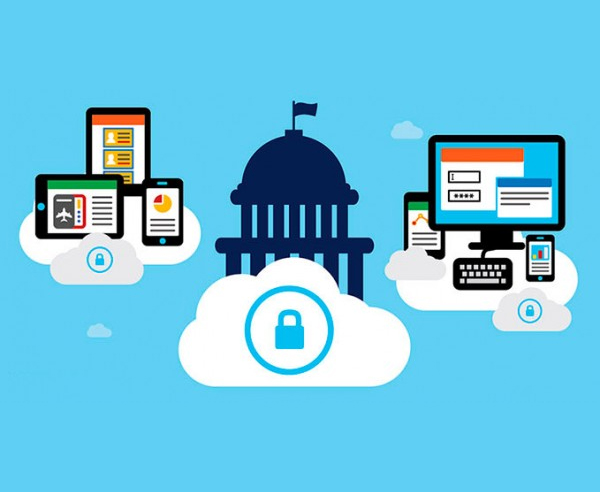How IT and Cloud Computing can help the Federal Government Agencies?
With today’s organizational procedures demanding quick and agile functionality, government organizations are challenged with leveraging legacy infrastructure with limited budgets. Cloud computing provides an easy way to cost-effectively bring innovation to the existing infrastructure while allowing government agencies to realign strategies according to changing business needs. While the private sector has quickly embraced the cloud technology, government organizations were apprehensive of the security aspects. However, cloud solutions are more secure than on-premise security solutions. This is why government organizations are aggressively embracing this technology in recent times. Federal agencies are no exception.

Challenges in the path to the cloud
While cloud has been an enticing option, there are certain barriers that negatively inflfuenced the migration plans of several federal organizations initially. The main concern is high federal security requirements. As hackers constantly try to intrude into IT networks of federal agencies, organization-wide and system-wide security updates is a key requirement. Secondly, the work culture in the government sector is quite different to the private sector. While the cloud technology requires agile and quick changes to the technology, the federal agencies are slow to adapt to these changes. Another challenge is the lack of technical expertise required to handle the innovative technologies. Federal organizations have to train the staff to efficiently handle new technologies. Complying with data regulations is another important barrier that delayed the cloud migration process. Limited IT budgets were another concern for certain organizations. The cloud with its public, private and hybrid models efficiently resolves all these challenges.
